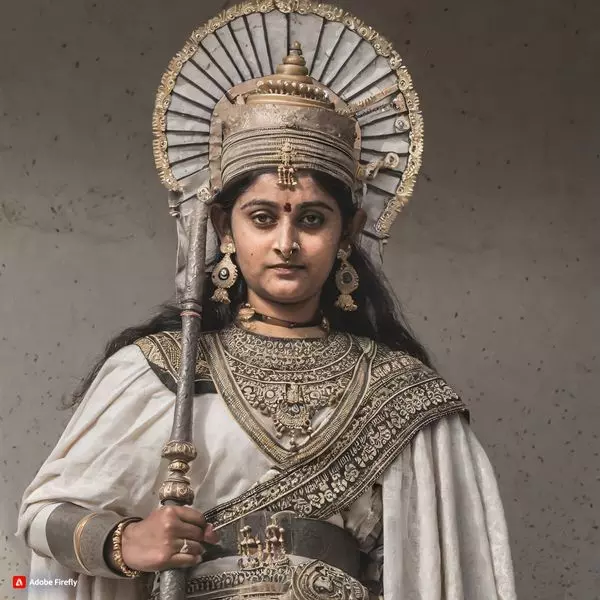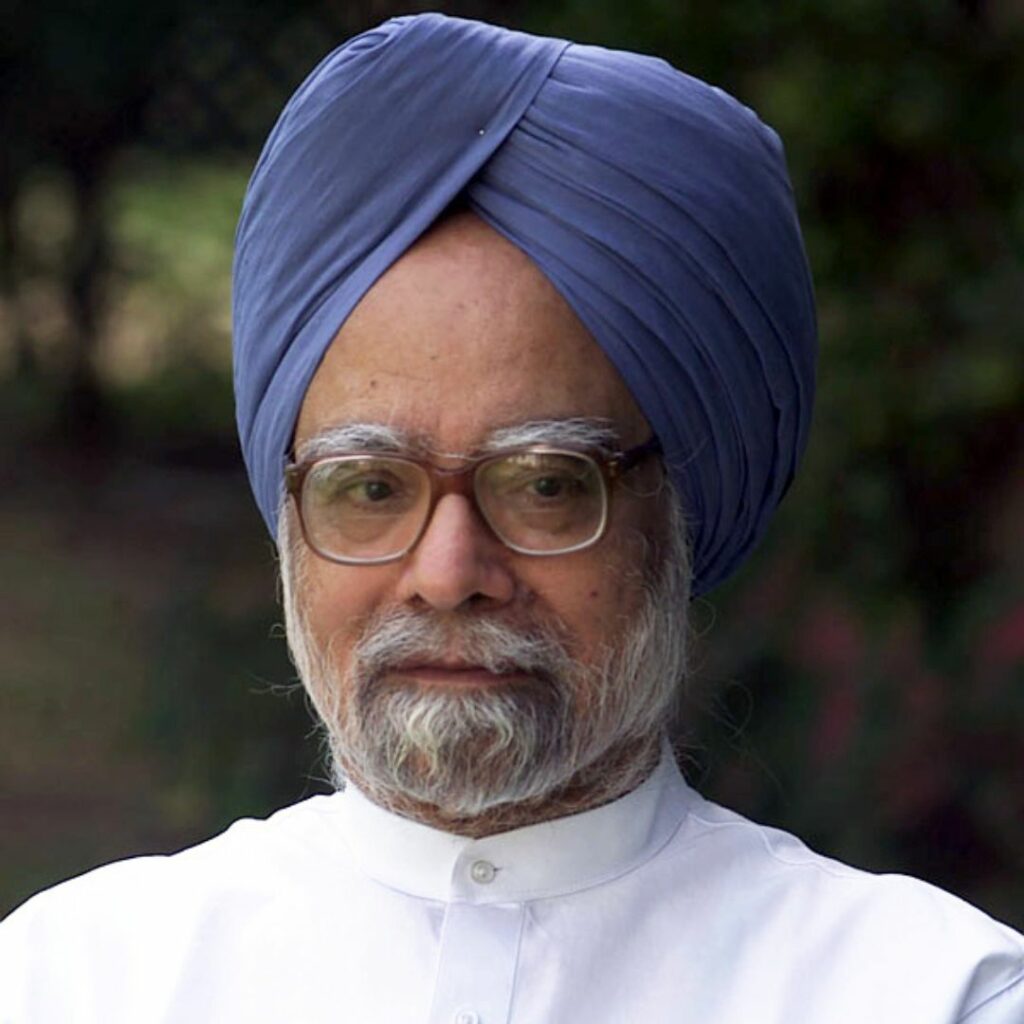In a testament to Rani Lakshmibai’s enduring legacy, numerous educational institutions, thoroughfares, monuments, and even military regiments bear her name, underscoring her towering stature in Indian history. The Rani of Jhansi, renowned for her valiant resistance against the British during the Revolt of 1857, has become a symbol of courage and resilience etched into the cultural fabric of India.
Her life story was first immortalized on the silver screen in 1953 with Sohrab Modi’s “Jhansi Ki Rani,” India’s inaugural technicolour film. In recent times, there has been a proliferation of cinematic and television adaptations, including the 2019 Bollywood film “Manikarnika: The Queen of Jhansi,” featuring Kangana Ranaut in the lead role. Swati Bhise’s British period drama, “The Warrior Queen of Jhansi,” and the television series “Jhansi Ki Rani” on Colors TV further contributed to the resurgence of interest in her story.
Even in the 2019 Telugu film “Sye Raa Narasimha Reddy,” Rani Lakshmibai made a notable appearance, inspiring her troops with the tale of Narasimha Reddy’s rebellion against Company rule in 1847.
Her legendary escape from Jhansi, depicted as a daring leap from fortress walls with her adopted son strapped to her back onto her horse, has become a folk tale echoing across India. However, amidst the deification of her bravery, certain crucial aspects of her reign have been overshadowed.
An Unconventional Childhood:
Born as Manikarnika Tambe, Lakshmibai’s early years were spent not in royal luxury but at the court of the exiled Maratha Peshwa in Varanasi. The only child of Moropant Tambe, an advisor to Chimaji Appa, brother of the last Peshwa, she grew up learning horse riding, sword fencing, and archery within the palace walls. Unusual for her time, she also acquired the ability to read and write. Historians note that her self-confidence, comfort in the company of men, and disdain for purdah restrictions can be traced back to her unconventional upbringing.
Married to Maharaja Gangadhar Rao Newalkar, the fifth king of Jhansi, at around 15 years old, Lakshmibai’s father accompanied her to Jhansi—an uncommon practice at the time. This unorthodox childhood laid the foundation for the remarkable woman who would later challenge the British Empire.
Also Read: Greenland’s Polar Bears: 20,000-Year Population Decline With Rising Temperatures











